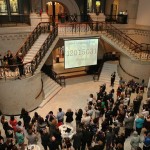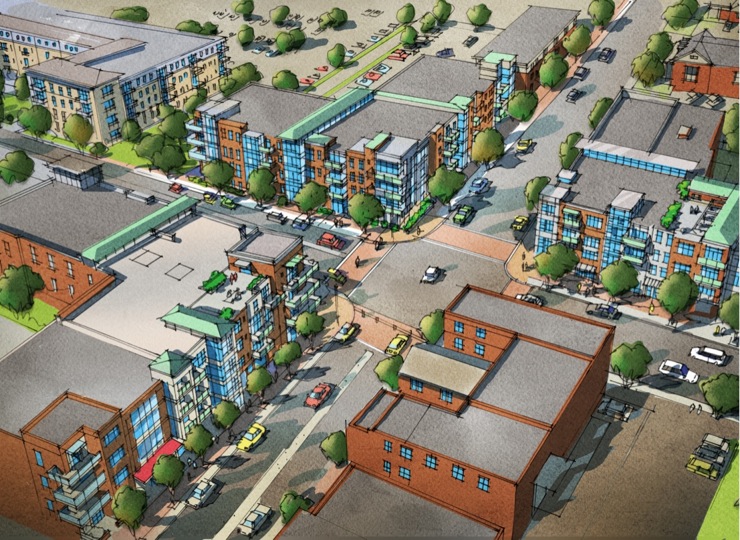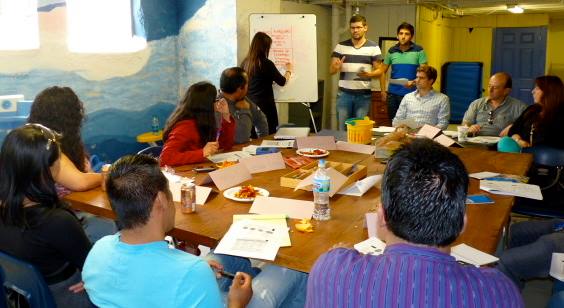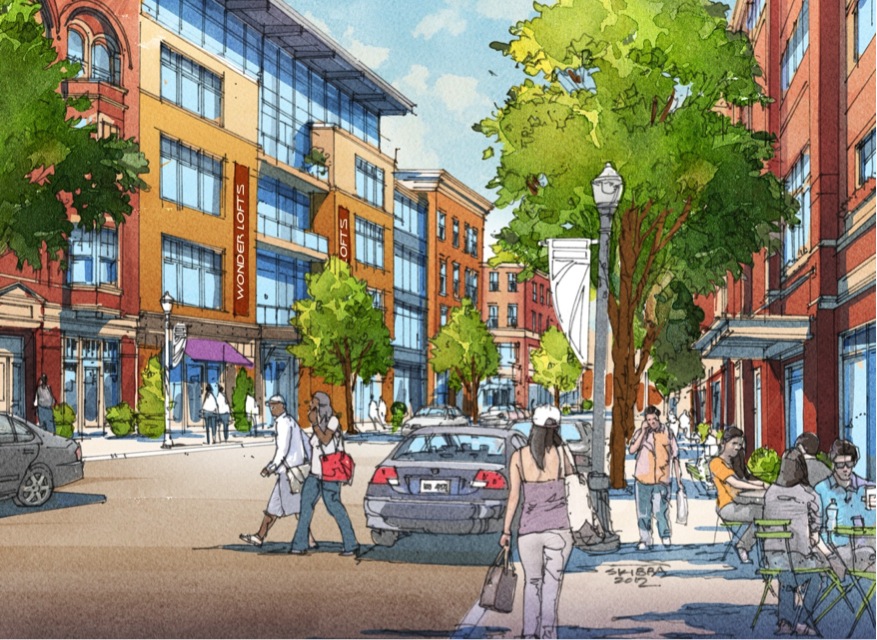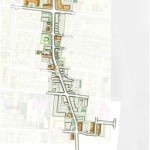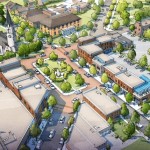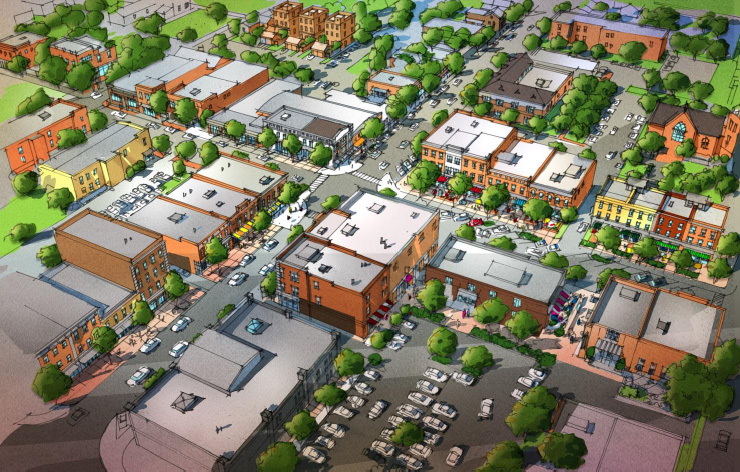ArtsWave finalized their list of grants to arts organizations throughout the region last Friday. This year’s distribution doles out $10.4 million to 35 different local arts organizations, ranging from $12,500 for the Contemporary Dance Theater to $3,020,000 for the Cincinnati Symphony Orchestra.
In addition to what ArtsWave calls their impact grants, they also distributed $435,000 for small project grants and strategic local partnerships.
The money comes from a fund that ArtsWave officials say is the largest of its kind in the United States, distributing more than $50 million to regional arts organizations over the past five years.
“ArtsWave’s grants are a differentiator for Greater Cincinnati,” Mary McCullough-Hudson, ArtsWave’s outgoing CEO, stated in a prepared release. “It is absolutely unique for a region this size to have an annual infusion of more than $10 million in its arts sector each year, creating both a stabilizing and a catalyzing effect for organizations and arts-related activity that have unexpected benefits for the community.”
The organizations and projects that were awarded money, officials say, were selected based on the input of grant making committees that evaluate submissions and determine the amount of money to be awarded to each applicant.
The average grant amount awarded this year was approximately $250,000. The Cincinnati Art Museum ($1,635,000), Cincinnati Symphony Orchestra ($3,020,000) and Cincinnati Playhouse in the Park ($1,210,000) were the only organizations to receive grants in excess of $1 million. When removing those outliers from the equation, the average drops to about $110,000.
Other large recipients include the Cincinnati Opera ($935,000), Cincinnati Ballet ($850,000) and Contemporary Arts Center ($405,000).
The money for these grants comes from an annual fundraising effort, which yielded a record amount last year of more than $12 million. In addition to supporting the numerous organizations and projects, the money also goes to support shared service operations arts organizations throughout the region, like board training, volunteer programs and fundraising expenses.
“Our region’s residents support this campaign because they see every day how the arts bring people together,” said Karen Bowman, Chair, ArtsWave Board of Trustees and Principal, Deloitte Consulting.
In addition to these grants, ArtsWave officials also announced that they would be awarding $45,000 to designated community revitalization organizations in Price Hill, Madisonville, Covington, Avondale and Walnut Hills as part of LISC-Cincinnati’s Place Matters campaign. Those funds, they say, will be used to support community-building arts programs in those neighborhoods.
“Successful creative placemaking is about the impact of local arts on people in these neighborhoods,” explained Kathy Schwab, Executive Director, LISC of Greater Cincinnati & Northern Kentucky. “This exciting partnership with ArtsWave will help fuel community engagement and pride in the five Place Matters communities.”


